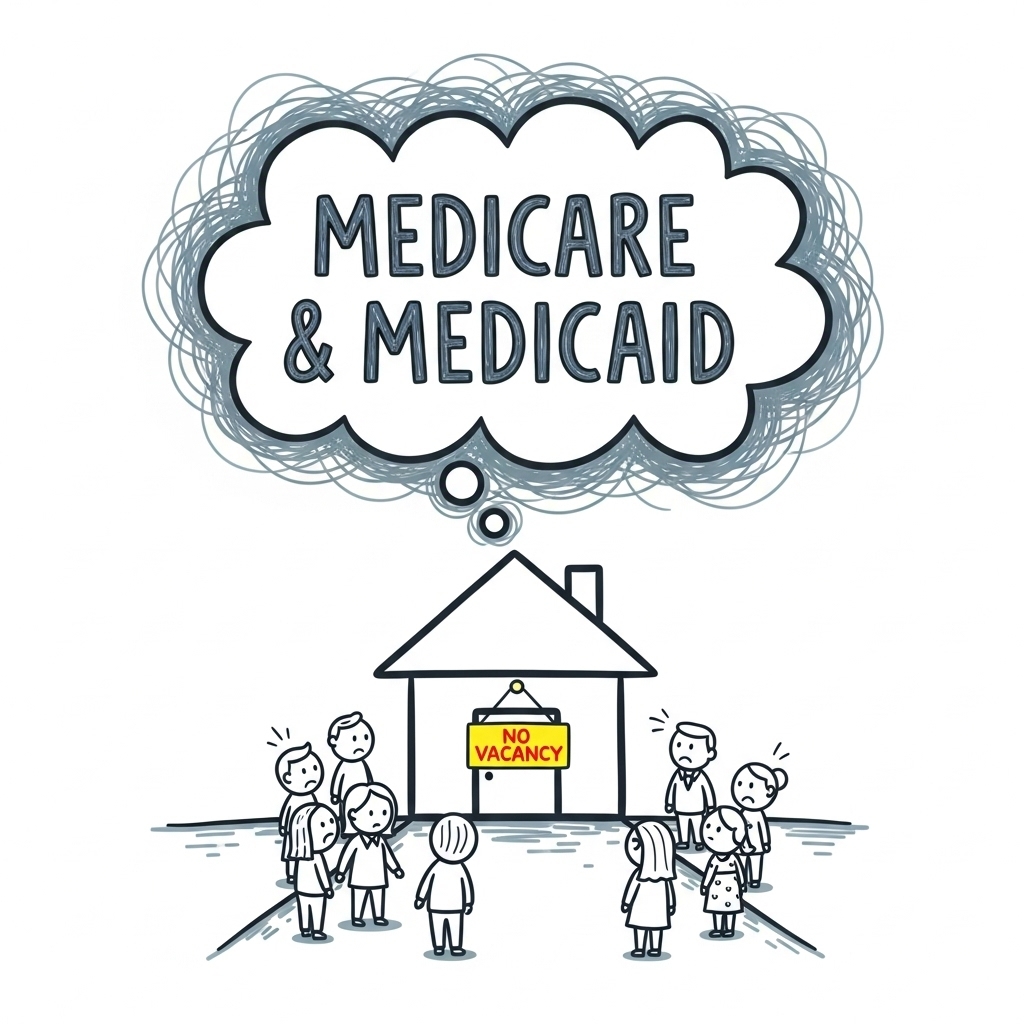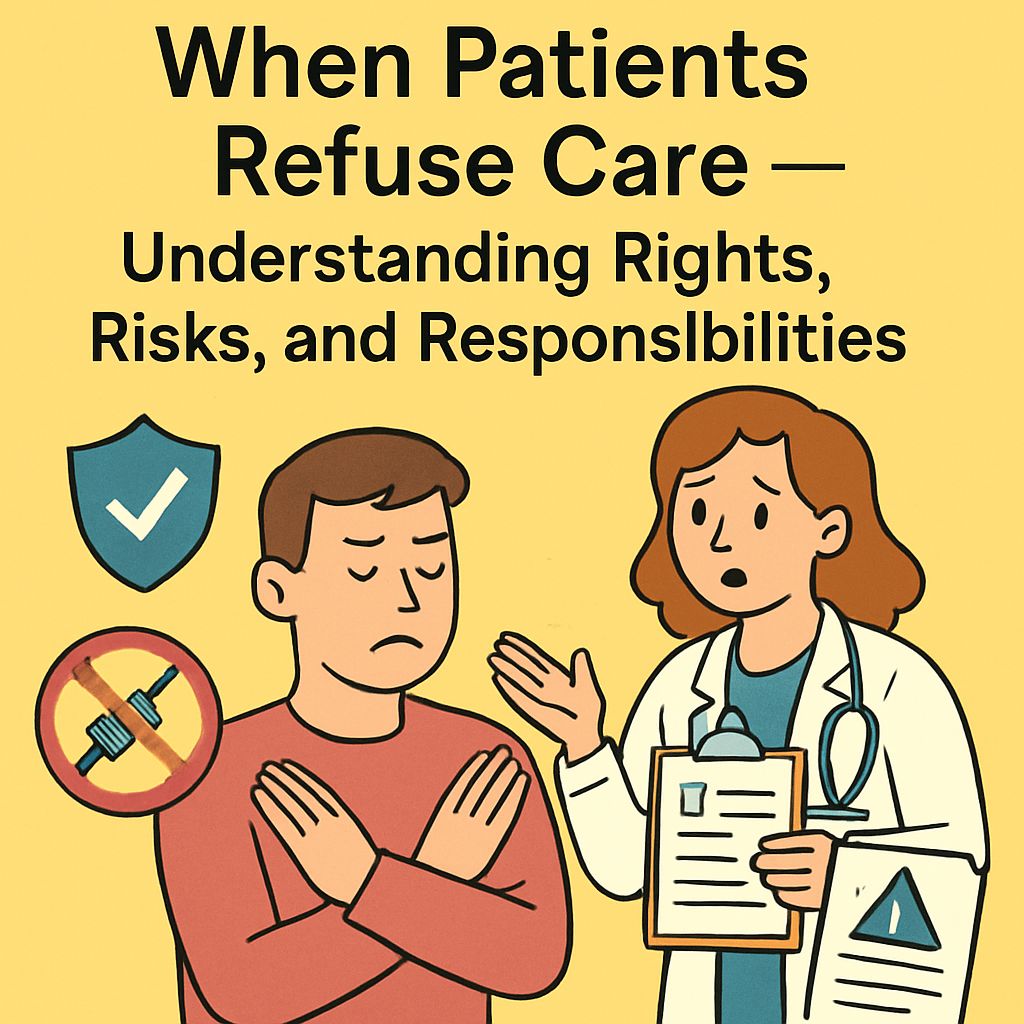
Medicare and Medicaid Were Never Meant to Cover Everyone: Why That Still Matters Today
Doug Jorgensen
February 11, 2025
Introduction: A System Built for a Different Era
There’s a popular misconception floating around American healthcare—one I’ve heard from patients, providers, and even policymakers:
“We have Medicare and Medicaid. Isn’t that what universal coverage looks like?”
The answer is no. Not even close.
To understand why our healthcare system feels so fragmented, expensive, and frustrating today, you need to understand where it started—and what it was never meant to be.
Medicare and Medicaid were created in 1965 under President Lyndon B. Johnson as part of the Social Security Amendments. But from day one, they were narrow, targeted programs—not comprehensive, not all-encompassing, and certainly not intended to solve the broader problem of healthcare access for all Americans.
In this article, I’ll walk you through the origins of these programs, how they operate today, and why misunderstanding their purpose has created unrealistic expectations—and very real consequences—for both patients and providers.
Why Medicare Was Created: A Lifeline for the Elderly
In the early 1960s, roughly half of Americans over the age of 65 had no health insurance. Private insurers wouldn’t touch them—they were seen as too risky, too expensive, and too close to the end of life to justify coverage. Unethical, but sound actuarial data.
Medicare was introduced to solve one very specific problem:
Provide basic medical coverage to older Americans who were being left behind by the private market.
And that’s exactly what it did.
But it’s important to recognize what it didn’t do:
- It didn’t offer long-term care
- It didn’t cover dental, vision, or hearing
- It didn’t eliminate cost-sharing (copays, deductibles, coinsurance)
- And it didn’t apply to most working-age adults or their children
In short, Medicare was never designed to be a Cadillac plan—it was built to be a floor, not a ceiling.
Why Medicaid Was Created: A Safety Net for the Most Vulnerable
Medicaid was introduced alongside Medicare, but with a different mission. It was designed to cover:
- Low-income families
- Pregnant women
- Children
- The elderly with very low income
- People with disabilities
It was—and still is—a means-tested entitlement, meaning eligibility is based on income and specific qualifying conditions. Unlike Medicare, Medicaid is funded jointly by the federal government and the states, with states managing the programs day to day.
That’s why your neighbor in Maine may have different coverage than your cousin in Mississippi—Medicaid looks different depending on where you live.
But again, Medicaid was never meant to be universal. It was a targeted solution for the poorest and most medically vulnerable Americans.
So… What Happened?
Over time, the needs of the American public grew faster than the systems designed to serve them.
People lived longer.
Healthcare got more expensive.
Private insurance became more exclusive.
And suddenly, people began to look to Medicare and Medicaid as catch-all solutions for a system that was never designed for everyone in the first place.
This created what I call “coverage creep”—when a limited program is expected to perform like a universal one.
And the results?
- Long wait times for specialists
- Limited provider networks
- Services that aren’t covered at all
- And frustrated patients who think they have coverage—until they try to use it
Let’s Talk About Entitlement
The word “entitlement” gets thrown around a lot—usually with a political spin. But from a policy standpoint, it just means this:
If you meet the eligibility criteria, you’re entitled to the benefit. Period.
You’ve paid into Medicare through payroll taxes. You qualify for Medicaid by meeting income and need thresholds. These are earned benefits, not handouts.
Yet despite that, we’ve seen growing political backlash toward entitlement programs—while simultaneously expanding reliance on them.
It’s a paradox:
We don’t want to fund them, but we don’t want to live without them.
We call them broken, yet we keep expecting them to solve more problems than they were built for.
The Administrative Machine: CMS and the Bureaucratic Evolution
Both Medicare and Medicaid are administered by the Centers for Medicare & Medicaid Services (CMS), a federal agency headquartered in Baltimore, Maryland.
What many don’t know is that CMS used to be called the Healthcare Financing Administration (HCFA)—a name that reflected its focus: financing, not delivery, of care. In the late 1990s, HCFA was renamed CMS in an effort to create a “kinder, friendlier” image.
Spoiler alert: It didn’t work.
CMS is still a bureaucratic behemoth—responsible for managing trillions of dollars in healthcare spending, regulating coverage policies, and enforcing compliance rules. It’s a vital agency, but also one bogged down by red tape, budget constraints, and political pressure.
And when CMS sneezes, the rest of the healthcare system catches a cold.
Why This Matters to You
Whether you’re a patient trying to understand your coverage or a provider navigating reimbursement, here’s what you need to keep in mind:
- Medicare and Medicaid are not full-coverage plans—they are partial solutions to specific problems
- Expecting them to function like universal healthcare systems will only lead to disappointment and delay
- Understanding what they are and aren’t will help you make smarter decisions about supplemental insurance, long-term care, and health planning
- Advocating for change requires knowing where the system actually started—not just what we wish it looked like
Final Thoughts: Clarity Before Criticism
It’s easy to complain about Medicare and Medicaid.
It’s harder to understand them.
But only when we understand them can we have honest conversations about what needs to change.
These programs weren’t designed to be comprehensive.
They were designed to fill critical gaps—and in many ways, they still do.
But as our population ages, healthcare costs rise, and private insurance continues to underdeliver, the strain on these “gap-fillers” becomes unsustainable.
The answer isn’t blame. It’s realistic reform built on historical context.
If we can agree on what these programs were built for, maybe we can finally build something better.
About the Author
Douglas J. Jorgensen, DO, CPC, FAAO, FACOFP
Dr. Doug is a national healthcare policy advisor, expert witness, and practicing physician with decades of experience navigating the realities of Medicare, Medicaid, and U.S. entitlement programs. He advocates for transparency, reform, and patient-provider alignment in a system that too often pits them against each other.


